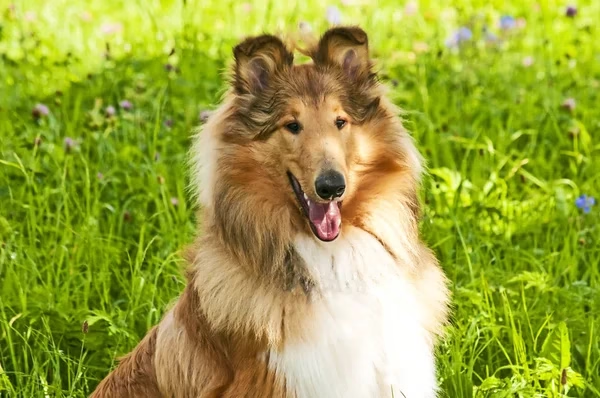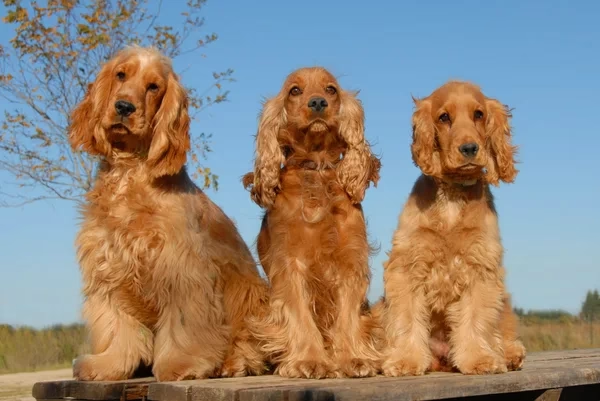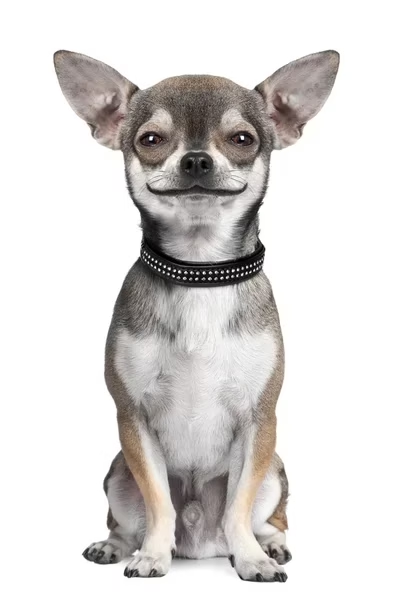
Introduction
The Bullmastiff is a large and muscular breed known for its strength, loyalty, and calm temperament. Originally bred as a guard dog, the Bullmastiff remains a protective yet affectionate companion. With proper training and care, these gentle giants can be exceptional family pets, especially in homes that appreciate both security and serenity.
Bullmastiff Breed Overview
| Trait | Details |
|---|---|
| Breed Name | Bullmastiff |
| Origin | England |
| Size | Large |
| Weight | 100–130 pounds (45–59 kg) |
| Lifespan | 7–10 years |
| Temperament | Loyal, Protective, Calm |
| Coat | Short, Dense |
| Colors | Fawn, Red, Brindle |
| Activity Level | Moderate |
| Good with Kids | Yes (with supervision) |
| Trainability | Moderate |
The History of the Bullmastiff

Developed in 19th-century England, the Bullmastiff was created by crossing the Bulldog and the Mastiff. The goal was to produce a dog that could guard estates by silently tracking and apprehending poachers. Over time, their fearless nature was paired with a gentler demeanor, making them excellent family guardians.
Bullmastiff Appearance and Traits
Bullmastiffs are large and athletic, with broad heads, dark expressive eyes, and a confident stance. Their short coat is easy to maintain, and their build is both powerful and graceful. While intimidating in size, their expression often shows affection and awareness.
Bullmastiff Temperament: Gentle Guardian
Bullmastiffs are known for their quiet confidence. They are affectionate with their families and tend to be reserved with strangers. They rarely bark without cause, which makes them excellent watchdogs. While protective, they are not aggressive by nature when properly socialized.
Is a Bullmastiff a Good Family Dog?
Yes—if you understand their nature. Bullmastiffs can be loving and tolerant with children, but due to their size, interactions should be supervised. Their calm temperament makes them ideal for indoor living, and their loyalty is unmatched.
Are Bullmastiffs High Maintenance?
In terms of grooming, no. Their short coats require minimal brushing. However, their size means they eat a lot, need strong training from an early age, and may face joint issues. Daily care includes drool cleanup and monitoring for overheating in warm weather.
What Are the Disadvantages of a Bullmastiff?
Here are some potential downsides to owning a Bullmastiff:
- Size: Not suitable for small homes or apartments.
- Drooling: Be prepared for daily cleanup.
- Health issues: Prone to hip dysplasia and bloat.
- Short lifespan: Typically 7–10 years.
- Stubborn streak: Needs consistent, firm training.
Do Bullmastiffs Bark a Lot?
No. One of their defining traits is their quiet nature. A Bullmastiff will bark only when necessary, such as to alert the family of a real threat. This makes them a good choice for families seeking a peaceful home environment.
Bullmastiff Training Tips
Training should begin early and be reinforced consistently. These dogs respond best to calm, confident handlers who use positive reinforcement. Socialization is crucial, especially due to their protective instincts. Make training sessions engaging but firm.
Bullmastiff Exercise Needs
Bullmastiffs enjoy daily walks and moderate playtime but don’t require excessive activity. Avoid strenuous exercise, especially when they are still growing, to protect their joints. A fenced yard is ideal, but not mandatory with proper exercise.
Bullmastiff Grooming Routine
- Brushing: Once a week is usually enough.
- Wrinkle care: Check facial folds for moisture.
- Bathing: Every 2–3 months or as needed.
- Dental and nail care: Regular maintenance is important.
Their short coats shed seasonally, and they benefit from a healthy diet rich in nutrients to support their large frames.
Bullmastiff Health and Common Issues
Common health concerns include:
- Hip and elbow dysplasia
- Bloat (gastric torsion)
- Eye problems (entropion)
- Cancer (particularly lymphosarcoma)
Routine checkups and a healthy weight can extend their lifespan and improve quality of life.
Pros and Cons of the Bullmastiff
| Pros | Cons |
| Quiet and calm indoors | Drools heavily |
| Excellent family protector | Needs early training and socialization |
| Loyal and affectionate | Short lifespan |
| Low grooming needs | Prone to health problems |
Fun Facts About Bullmastiffs
- Bullmastiffs are known as “silent watchdogs.”
- They rarely bark without a reason.
- Originally bred to pin intruders without biting them.
- They excel at reading body language and intentions.
Final Thoughts on the Bullmastiff
The Bullmastiff is a courageous yet calm breed. If you’re seeking a loyal companion that offers both protection and affection, this breed could be the perfect fit. Just be sure to provide consistent training, regular health checks, and plenty of love.
Internal Link
Read our guide on when to visit the vet for responsible pet care.
External Link
Visit the AKC Bullmastiff page for more official details.







